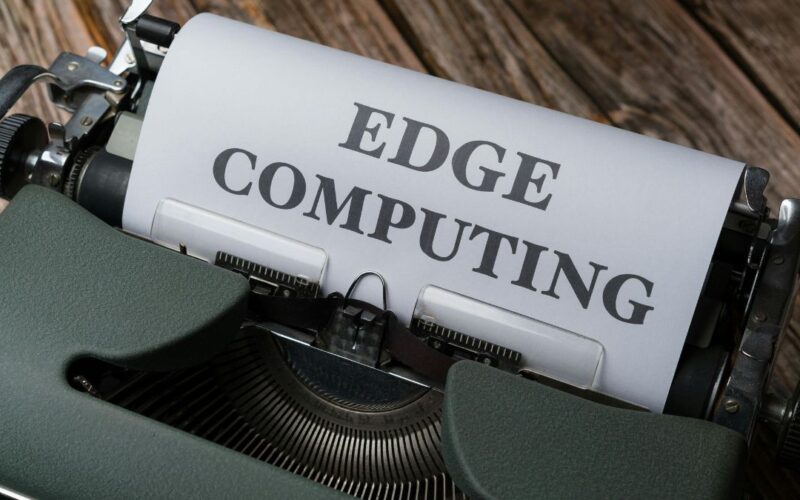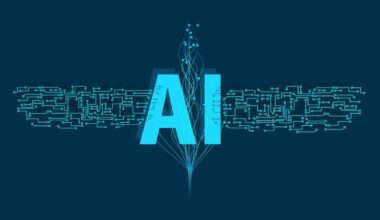Edge computing is revolutionizing the way data is processed, analyzed, and managed at the edge of the network, closer to where it is generated. As the demand for real-time insights, low latency, and bandwidth efficiency continues to grow, edge computing is poised to play a central role in shaping the future of technology. In this article, we’ll explore the top seven trends in edge computing that are driving innovation and reshaping the digital landscape.
Internet of Things (IoT) Integration
The proliferation of IoT devices and sensors is driving the adoption of edge computing, enabling organizations to process and analyze data closer to the source. Edge computing facilitates real-time data processing, reducing latency and bandwidth usage, and enabling faster decision-making and response times in IoT applications.
Integration with Artificial Intelligence (AI)
Edge computing is increasingly being integrated with artificial intelligence and machine learning algorithms to enable intelligent decision-making and automation at the edge. By deploying AI models directly on edge devices, organizations can unlock new capabilities for data analytics, predictive maintenance, and autonomous operations in real-time environments.

Emergence of 5G Networks
The rollout of 5G networks is accelerating the adoption of edge computing, enabling ultra-low latency and high-bandwidth communication between edge devices and the cloud. Edge computing complements 5G networks by distributing computing resources closer to end-users and devices, reducing network congestion and enabling faster data processing and response times.
Focus on Cybersecurity
With the proliferation of edge devices and distributed computing environments, cybersecurity has become a top priority for organizations deploying edge computing solutions. Edge computing introduces new security challenges, such as securing data at the edge, protecting against edge device vulnerabilities, and ensuring data privacy and compliance with regulatory requirements.
Hybrid Edge-Cloud Architectures
Hybrid edge-cloud architectures are becoming increasingly prevalent, enabling organizations to leverage the benefits of both edge computing and cloud computing. By combining edge computing capabilities with centralized cloud resources, organizations can achieve a balance between real-time processing and scalability, flexibility, and cost-effectiveness.

Automation and Orchestration
Automation and orchestration tools are playing a crucial role in simplifying the deployment, management, and scaling of edge computing infrastructure and applications. By automating provisioning, configuration, and monitoring tasks, organizations can streamline operations, reduce human error, and improve the efficiency and reliability of edge computing environments.
Real-Time Processing and Analytics
Edge computing enables real-time processing and analytics of streaming data at the edge of the network, enabling organizations to extract actionable insights and make informed decisions in real-time. By analyzing data closer to the source, organizations can reduce latency, bandwidth usage, and dependency on centralized data processing infrastructure.
As edge computing continues to evolve and mature, organizations are embracing new trends and technologies to unlock the full potential of distributed computing at the edge of the network. From IoT integration and AI-driven intelligence to the emergence of 5G networks and cybersecurity considerations, the top seven trends in edge computing are shaping the future of technology and paving the way for innovation and digital transformation. By staying abreast of these trends and leveraging edge computing capabilities, organizations can gain a competitive advantage and drive value in an increasingly connected and data-driven world.










